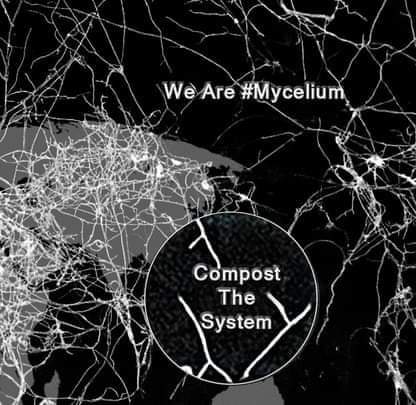
We’re seeing “official” moves in the development of the #opensocialweb. Big players are turning up. Conferences in Geneva. Glossy orgs like @ProjectLiberty positioning themselves as bridge-builders between tech and governance.
On the surface, this looks like progress, recognition, and legitimacy. But let’s be brutally honest: these are completely the wrong people to be steering the direction. The problem isn’t that they show up, it’s that they try to take up all the air in the room.
Where are the bridges to activism? Where’s the link to movements that actually push change and challenge? Without those, all we have is tech-for-the-sake-of-tech, more elitist panels, more smiling faces managing decline. Looking closer, is this anything but a bunch of ****wits in suits?
What we need for a real path isn’t only glossy conferences or new standards documents pushing more #techshit to add to the compost heap. What we need to resource is the real work: https://hamishcampbell.com/pick-up-the-shovel-turning-habits-into-compost/
The #OMN is an example project, about building the shovel factory, simple tools that anyone can pick up. Open pipes, trust flows, collective publishing. Not another empty standard, but working soil where communities can actually grow culture and power.
We can’t keep ignoring the stink, Yes, it’s nice to see recognition. But let’s not confuse recognition with change. Without shovels, glossy projects just pile up stink. No perfume, no branding exercise can hide the smell.
We need to say VERY clearly that in the native #openweb, bridges go both ways. If you build them only toward governance elitists, you’ve built a cul-de-sac. If you build them toward activism and grassroots, you create “native” flows that actually move.
So the question remains: who is resourcing the shovel factory? Because without shovels, all this talk is just another layer of rot. With shovels in hands, we can compost the mess into something alive #OMN #4opens #KISS #fediverse #decentralization



